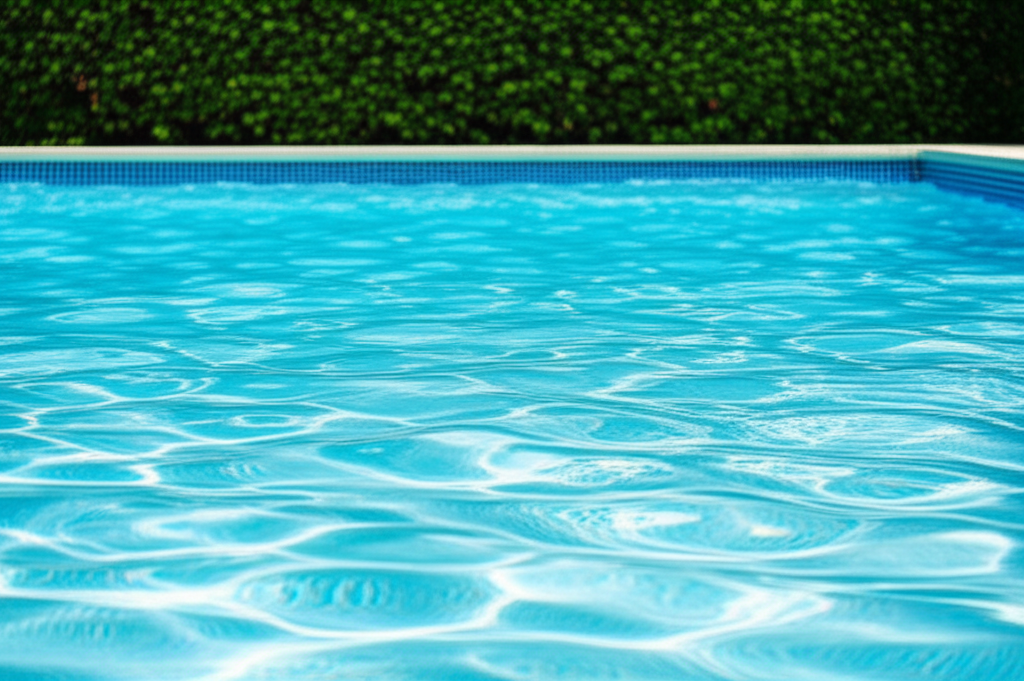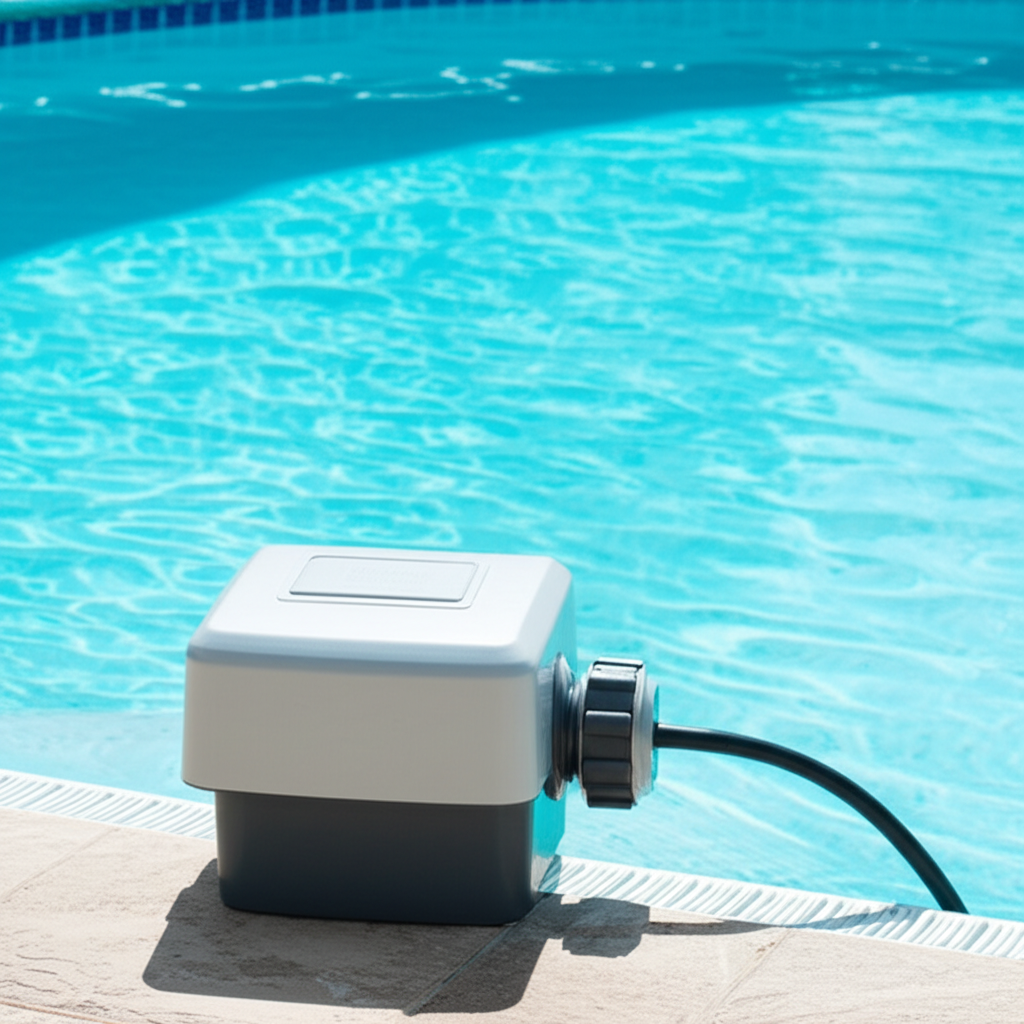- Understanding Your Saltwater Pool and Its Salt Cell
- The Cornerstone of Longevity: Regular Inspections and Efficient Salt Cell Care
- Deep Cleaning Your Salt Cell: When and How to Acid Wash
- Maintaining Optimal Water Chemistry for Extended Salt Cell Life
- Troubleshooting Common Salt Cell Issues
- Smart Habits for Flawless Salt Cell Care
Salt Cell Care is the backbone of a pristine and efficient saltwater pool. While a saltwater pool offers a luxurious swimming experience with softer water and less irritation than traditional chlorinated pools, its central component—the salt cell—requires diligent attention to ensure consistent performance and longevity. Neglecting this vital piece of equipment can lead to cloudy water, inefficient chlorine production, costly repairs, and a less enjoyable swimming environment. Understanding your salt cell and implementing a proactive maintenance routine is key to unlocking the full potential of your saltwater oasis.
Understanding Your Saltwater Pool and Its Salt Cell
A saltwater pool system works by converting dissolved salt into chlorine through a process called electrolysis. This eliminates the need for manually adding chlorine tabs or liquid, providing a more hands-off approach to sanitation. At the heart of this system is the salt cell, also known as a salt chlorine generator. Inside the cell, titanium plates with a special coating are charged with electricity, causing a chemical reaction that transforms sodium chloride (salt) into hypochlorous acid – the active form of chlorine that sanitizes your water.
The efficiency and lifespan of your entire saltwater pool system hinges directly on the health and cleanliness of your salt cell. When calcification or debris builds up on these plates, it reduces the surface area available for electrolysis, leading to diminished chlorine production and increased strain on the unit, ultimately shortening its life.
The Cornerstone of Longevity: Regular Inspections and Efficient Salt Cell Care
Proactive Salt Cell Care begins with regular visual inspections. Make it a habit to check your salt cell every two to three months, or more frequently if you notice signs of reduced chlorine output or error messages on your control panel.
What to Look For During Inspection:
Calcium Buildup (Scaling): This is the most common issue. Calcium deposits appear as white, scaly formations on the plates inside the cell. Even a thin layer can significantly impede performance.
Debris: Leaves, hair, or other small particulates can bypass the filter and get lodged in the cell, obstructing water flow and potentially damaging the plates.
Discoloration or Damage: Look for unusual discoloration on the plates or any signs of physical damage to the cell housing or connections.
For minor buildup, sometimes a simple rinse with a high-pressure garden hose can dislodge loose debris or soft calcium. Always ensure the cell is disconnected from power before attempting any cleaning. If the buildup is persistent, a more thorough cleaning method is required.
Deep Cleaning Your Salt Cell: When and How to Acid Wash
Acid washing is the most effective method for removing stubborn calcium deposits from your salt cell. This procedure should typically be performed when visual inspections reveal significant scaling, or if your system indicates low flow or low chlorine production despite adequate salt levels and proper water chemistry. For most homeowners, this might be once or twice a year, but heavily calcified water or specific pool conditions might require more frequent cleaning.
Steps for Safe and Effective Acid Washing:
1. Safety First: Always wear appropriate personal protective equipment (PPE), including chemical-resistant gloves and eye protection. Work in a well-ventilated area.
2. Power Down: Turn off the circuit breaker that supplies power to your pool pump and salt system.
3. Remove the Cell: Disconnect the salt cell from the plumbing. Most cells twist off or have unions that can be unscrewed.
4. Prepare the Solution: In a clean, plastic bucket (or using a specialized acid wash stand for salt cells), mix a solution of muriatic acid and water. Always add acid to water, never water to acid, to prevent dangerous splashing. A common ratio is 1 part muriatic acid to 4-5 parts water. Alternatively, you can buy commercial salt cell cleaning solutions, which are often safer and specifically formulated.
5. Soak the Cell: Plug one end of the cell if it’s open, or stand it upright in the bucket. Carefully pour the acid solution into the cell until the plates are submerged. You will see fizzing as the acid reacts with the calcium.
6. Observe and Rinse: Allow the cell to soak for 5-15 minutes, or until the fizzing stops and the calcium buildup is gone. Do not leave it soaking for too long, as prolonged exposure can damage the cell’s coating.
7. Rinse Thoroughly: Once clean, carefully pour out the acid solution (dispose of it responsibly according to local regulations, often by diluting it further and pouring down a drain with plenty of running water). Rinse the inside and outside of the cell thoroughly with a garden hose.
8. Reinstall: Reconnect the salt cell to your pool plumbing and restore power to your system.
Maintaining Optimal Water Chemistry for Extended Salt Cell Life
Beyond physical cleaning, the ongoing health of your salt cell is heavily influenced by your pool’s water chemistry. Imbalances can accelerate scaling and reduce the cell’s efficiency.
Salt Levels: Maintain salt levels within the manufacturer’s recommended range (typically 3,000-4,000 ppm). Too low, and the cell can’t generate enough chlorine; too high, and it can cause internal damage or generate excessive chlorine.
pH Levels: Keep your pH between 7.4 and 7.8. High pH (alkaline water) encourages calcium to precipitate out of solution and form scale on the cell plates. Low pH corrosive water can damage the cell’s coating.
Alkalinity and Calcium Hardness: These parameters help buffer pH and prevent scaling. Maintain total alkalinity between 80-120 ppm and calcium hardness between 200-400 ppm. Aim for the lower end of the calcium hardness range if you have a history of scaling.
Cyanuric Acid (Stabilizer): Maintain CYA levels between 30-50 ppm. This protects the generated chlorine from degradation by UV rays, reducing the workload on your salt cell.
Regularly test your water and make adjustments as needed. A weekly test is ideal for maintaining perfect balance.
Troubleshooting Common Salt Cell Issues
Even with diligent upkeep, your salt cell might occasionally display issues.
Low Chlorine Output: First, check salt levels and water chemistry. If these are good, inspect the cell for scaling. An aging cell naturally produces less chlorine over time and may need replacement.
Error Codes/Warning Lights: Consult your salt generator’s manual for specific error code meanings. These often indicate issues with salt levels, flow, or the cell itself.
Cell Life Indicator: Many modern salt systems have a “cell life” indicator. Pay attention to this, as it signals when your cell is nearing the end of its typical lifespan (usually 3-7 years).
Smart Habits for Flawless Salt Cell Care
Don’t Over-Salt: Adding too much salt doesn’t make the system work better; it can damage the cell and other equipment.
Run Pump Sufficiently: Ensure your pump runs long enough each day (typically 8-12 hours, depending on pool size and bather load) to allow the salt cell to generate enough chlorine.
Winterization: If you close your pool for winter, follow the manufacturer’s guidelines for removing, cleaning, and storing your salt cell.
Know When to Replace: Eventually, all salt cells wear out. The titanium plates degrade over years of use. If your cell is clean, water chemistry is balanced, and salt levels are correct, but it’s still not producing sufficient chlorine, it’s likely time for a replacement.
By integrating these practices into your regular pool maintenance routine, you’ll not only extend the life of your salt cell but also ensure your saltwater pool remains a sparkling, effortless retreat for years to come. Consistent focus on Salt Cell Care is the best investment for a genuinely flawless saltwater pool experience.




